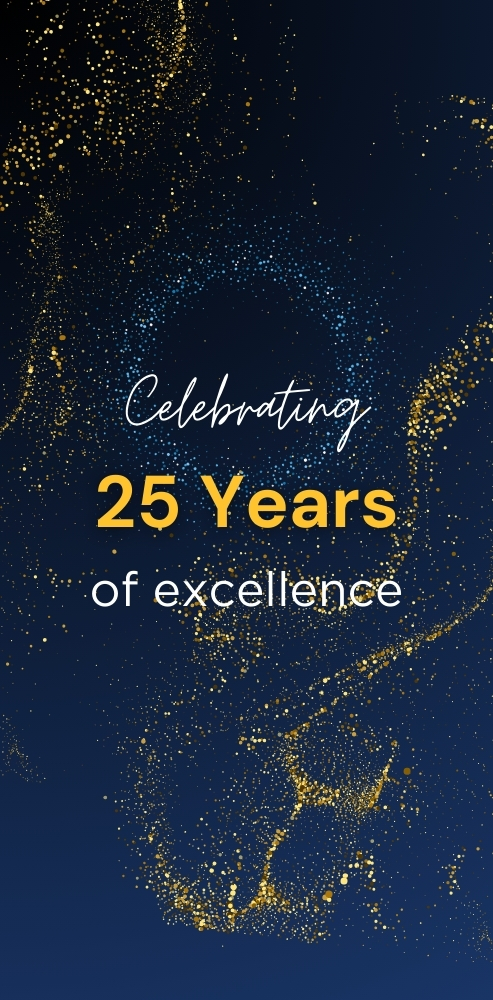The recruitment industry is grappling with a persistent talent storage. Finding the talent people and retaining them for the long term has become a significant challenge. Traditional recruitment practices, often intuition based and reactive, have contributed to this problem. These methods frequently lead to hiring mismatches and unconscious biases.
To address these issues,360-degree recruitment or Full cycle recruitment is essential; These comprehensive approaches to hiring focuses on skill- based and data driven strategies. By encompassing the entire recruitment cycle, from sourcing to onboarding, 360-degree recruitment empowers organization to make informed decisions and secure the best talents. This data driven methodology not only helps find the right fit for every role but also significantly reduces the hiring costs.
By adopting a 360 degree recruitment cycle, business can overcome the challenges posed by the talent shortage and build high-performing teams.
What is Full-cycle recruitment?
Full cycle recruitment, also called 360 degree recruitment, is a way of hiring that covers all the steps. It starts with finding candidates and goes all the way to onboarding them.
When you do full-cycle recruiting, you handle everything yourself or with your own team. It’s different from hiring methods that focus on just one part of the process. This method helps companies keep control over hiring. They can make smart choices based on what they really need.
With other methods, some stages might be done by outside teams, but full cycle means you keep it all together. This way, you get better consistency and flow in hiring.
Stages of a 360-degree recruitment cycle
There are usually six stages in a 360-degree recruitment cycle:
- Sourcing
- Search
- Screening
- Selecting
- Hiring
- Sign
Sourcing
The first step is sourcing. This is where you find candidates that fit the job description.
Search
Recruiters start searching for talent online or by asking for referrals. They use different methods to look for the right people.
- Attract
Next, attracting candidates is important. You want them to notice your job openings and brand. You can do this by connecting your brand with what the candidates want and sharing job postings on sites like LinkedIn and other job boards.
- Reach Out
It’s vital to reach out to candidates to see if they’re interested in the job. While some recruiters send automatic messages, personal messages usually get better responses.
Sourcing top candidates is an integral part of successful recruitment solution. You need to identify, engage, and attract the right talent to hire the ideal person for a role. However, this is often a challenging task for recruiters who find it difficult to hire candidates for a job role. Here comes the easiest and a enhancing technique in trimming the time to find the right fit in a right time.
Ultimately, the goal of using Boolean search in recruitment is to hone in on broad topics — such as job titles or requirements — to identify a desirable, niche candidate pool.
Boolean search in recruitment techniques can help streamline this process by saving time and enhancing the quality of your candidate pool, ultimately leading to better hires. Here are six basic Boolean search operators that every recruiter should know to optimize candidate sourcing:
- AND
Example: “marketing AND manager” will return profiles that include both “marketing” and “manager.”
- OR
Example: “developer OR engineer” will return profiles containing either “developer” or “engineer.”
- NOT
Example: “designer, NOT graphic” will return profiles of designers but exclude those who work in graphic design.
- Quotation Marks (“”)
Example: “project manager” will return profiles that mention the exact phrase “project manager.”
- Parentheses ()
Example: “(developer OR engineer) AND (Python OR Java)” will return profiles that mention either “developer” or “engineer” and also mention either “Python” or “Java.”
- Asterisk (*)
Example: “program”* will return profiles that include variations such as “programming,” “programmer,” or “program.”
By mastering these basic Boolean search operators, recruiters can fine-tune their search strategies and find highly relevant candidates more efficiently.
Screening
The interviewing stage lets both sides learn more about each other.
- Schedule
First, schedule the interview carefully. Good communication helps a lot here! A messy schedule can really hurt a candidate’s experience. Thankfully, there are handy tools that make this easier.
- Talk
In the interview, candidates find out about the company and role while recruiters check if they’re a match. Often, there are multiple talks before deciding anything.
- Follow Up
It’s super important to follow up quickly to keep candidates engaged and update them on what comes next.
Selecting
Now it’s time to choose which candidate is best for the job based on their interviews and other info gathered earlier.
- Assess
Companies often use tests to check a candidate’s skills or personality. Some like detailed tests; others just prefer simple chats.
- Decide
After looking over everything, the final call about who gets hired is made. Usually, it’s up to the hiring manager, but they ask for thoughts from their recruiting team too.
- Communicate
Once a choice is made, it’s crucial to tell all candidates clearly about it. It’s nice to provide feedback—especially for those not chosen since they put time into this process.
Hiring
In this stage, you wrap up everything by officially bringing someone on board as an employee.
- Offer
The offer usually lists salary, benefits, job title, work location, & other terms of employment. Sometimes equity or bonus packages are included too.
- Negotiate
There may be some back-and-forth between the candidate & company on the offer terms—especially regarding salary or benefits!
Sign
Once both sides agree on everything, they sign the contract! This completes hiring and sets up onboarding for the new employee.
When is a 360 recruiting model effective?
A 360-recruiting model is particularly advantageous for recruitment agencies who manages every stage of the hiring process, including sourcing, screening, interviewing, hiring, and onboarding.
This comprehensive approach allows companies & recruitment agencies in prevetting the talents, which they collect and has a warehouse of data, and utilise it as they needed saving in-house recruitment time and reducing costs.
This line of action is effective for recruitment agencies on hiring for their job roles as it requires a profound understanding of candidate’s information and skill sets.
Full cycle Recruitment Isn’t for the Faint-Hearted
Full-cycle recruiting is a smart way to hire. It helps bring in the best talent your business needs. Today, the job market is tough. There are tight deadlines, too few skilled workers, & fierce competition for talent. So, using a full cycle recruitment method can keep your organization ahead in finding the right candidates.









